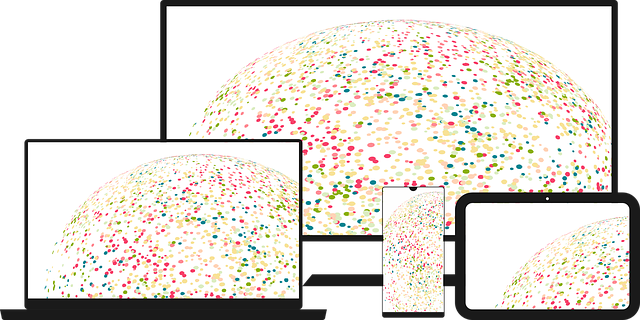Restaurants are leveraging AI data analytics tools for restaurant trends to gain a competitive edge in today's digital age. Through predictive modeling, natural language processing, and machine learning, owners can optimize menu pricing, marketing, inventory, and staffing. Deep Learning Infrastructure uncovers hidden consumer patterns, enabling restaurateurs to stay ahead of trends, boost profitability, and enhance the dining experience. AI strategies include demand forecasting, sentiment analysis, sales pattern recognition, personalized CRM, and efficient staffing management, ultimately driving growth and success in a competitive culinary market.
In today’s competitive landscape, restaurants are leveraging AI data analytics to predict trends, enhance operations, and drive growth. This article explores the transformative power of deep learning infrastructure in the culinary industry. We delve into cutting-edge tools and techniques that enable accurate trend prediction, optimizing menu planning and inventory management. Additionally, we provide strategic insights for implementing AI, showcasing how restaurants can achieve operational efficiency and sustain customer satisfaction. Discover how these innovations are reshaping the future of dining experiences.
- Understanding AI Data Analytics in Restaurants: Tools and Techniques
- Deep Learning Infrastructure: Enabling Advanced Trend Prediction
- Implementing AI: Strategies for Restaurant Growth and Efficiency
Understanding AI Data Analytics in Restaurants: Tools and Techniques

In today’s digital era, restaurants are leveraging AI data analytics to uncover valuable insights from customer interactions and operational data. By employing advanced tools and techniques, restaurant owners can gain a competitive edge by understanding consumer preferences, optimizing menu pricing, and personalizing marketing campaigns. These analytics provide a deeper look into what drives customer behavior, allowing for strategic decisions that enhance overall dining experiences.
AI data analytics tools for restaurant trends include predictive modeling to forecast demand, natural language processing for sentiment analysis of online reviews, and machine learning algorithms to identify patterns in sales data. By integrating these technologies, restaurants can make data-driven choices about inventory management, staff scheduling, and even menu innovation, ultimately improving efficiency and profitability.
Deep Learning Infrastructure: Enabling Advanced Trend Prediction

Deep Learning Infrastructure plays a pivotal role in enabling advanced trend prediction, particularly in dynamic sectors like restaurants. With access to vast datasets comprising customer behavior, menu preferences, and market fluctuations, AI data analytics tools can uncover intricate patterns invisible to traditional methods. By leveraging neural networks and sophisticated algorithms, these systems learn from historical data to forecast future trends with remarkable accuracy.
This capability is invaluable for restaurant businesses aiming to stay ahead of the curve. Using AI data analytics tools, restaurateurs can anticipate changes in consumer tastes, adjust menu offerings accordingly, and optimize pricing strategies based on expected demand. Such insights empower them to make informed decisions that enhance operational efficiency and customer satisfaction, ultimately driving business growth and competitiveness in a rapidly evolving culinary landscape.
Implementing AI: Strategies for Restaurant Growth and Efficiency

Implementing AI in the restaurant industry is no longer a futuristic concept but a game-changer for business growth and operational efficiency. By leveraging deep learning algorithms and AI data analytics tools, restaurateurs can gain valuable insights from vast amounts of customer data, including ordering patterns, preferences, and feedback. This allows them to make data-driven decisions that optimize menu planning, pricing strategies, and promotional campaigns, ultimately enhancing the overall dining experience.
For instance, AI can predict peak hours and suggest staffing levels, minimizing labor costs. It can also analyze sales data to identify popular dishes and seasonal trends, enabling restaurants to adjust their menus accordingly. Moreover, AI-driven customer relationship management systems can personalize marketing efforts, increase customer loyalty, and foster a sense of community around the brand. With these strategies in place, restaurants can stay competitive, attract new customers, and ensure long-term success in an ever-evolving culinary landscape.
AI data analytics tools have transformed how restaurants operate, enabling precise trend predictions that drive growth and efficiency. By leveraging deep learning infrastructure, restaurateurs can make data-backed decisions, optimize menu offerings, and enhance customer experiences. Implementing AI strategies isn’t just a competitive advantage; it’s a necessity for thriving in today’s dynamic dining landscape. With the right tools, restaurants can uncover valuable insights from their data, ensuring long-term success and staying ahead of the curve in AI business applications.
